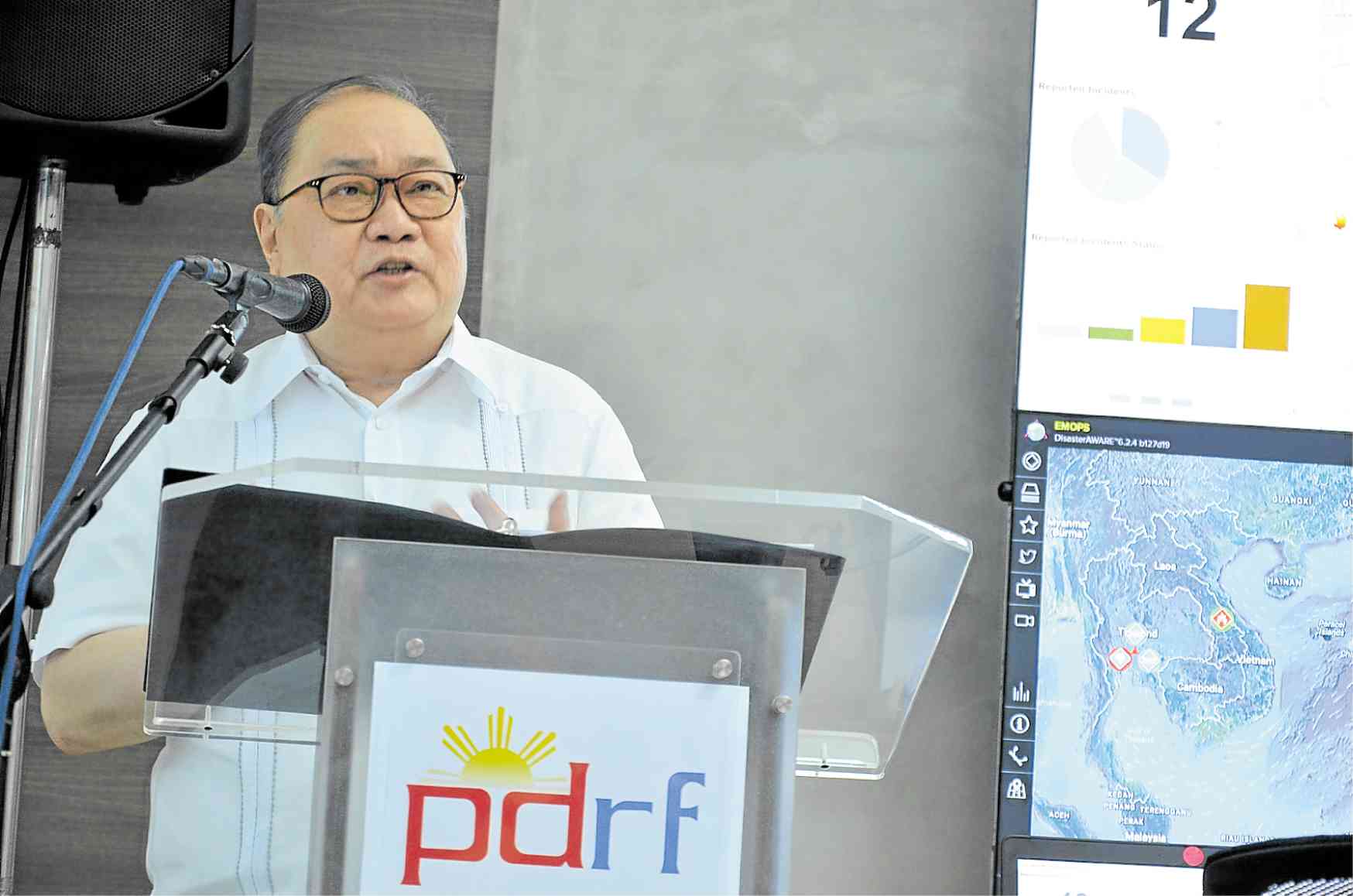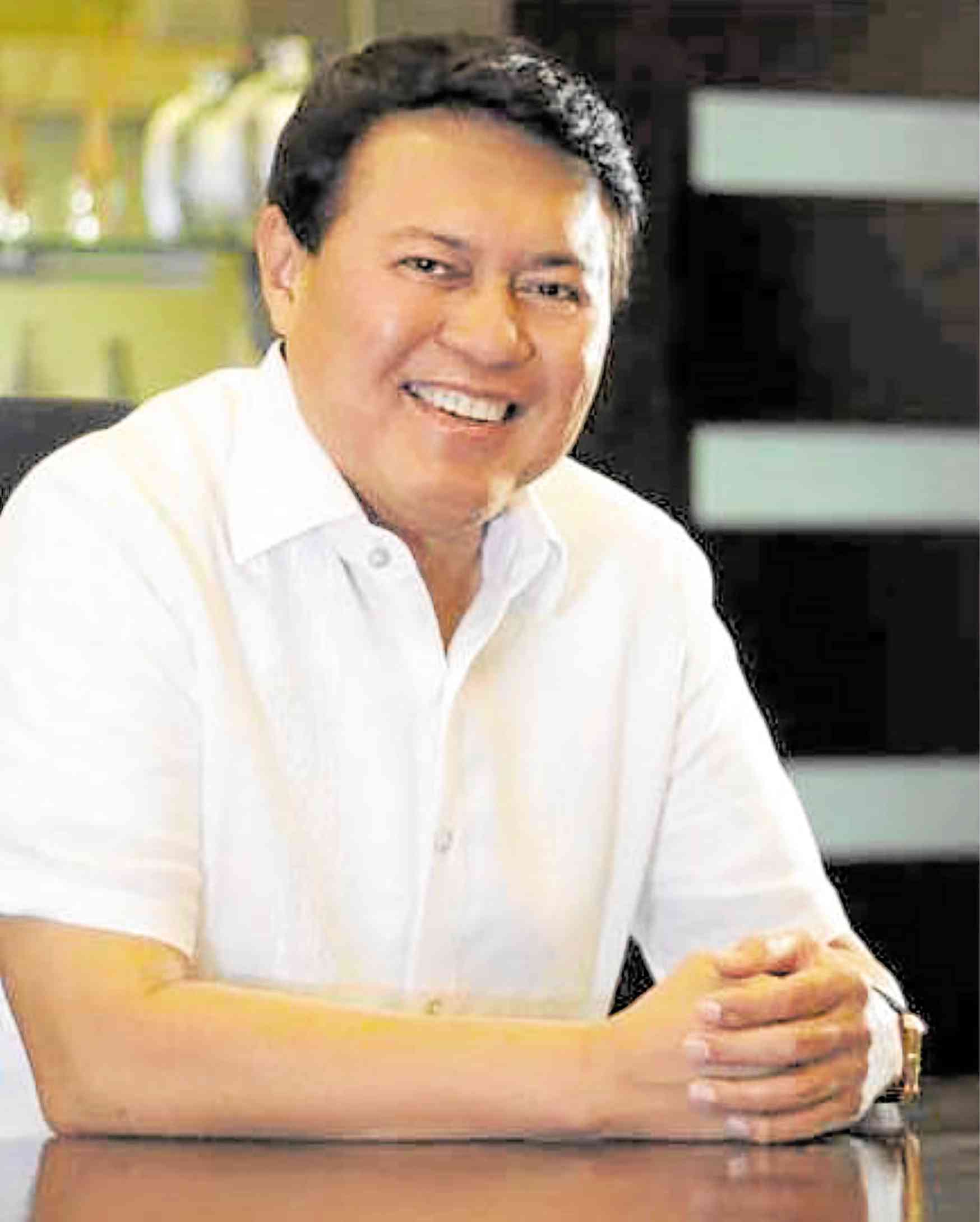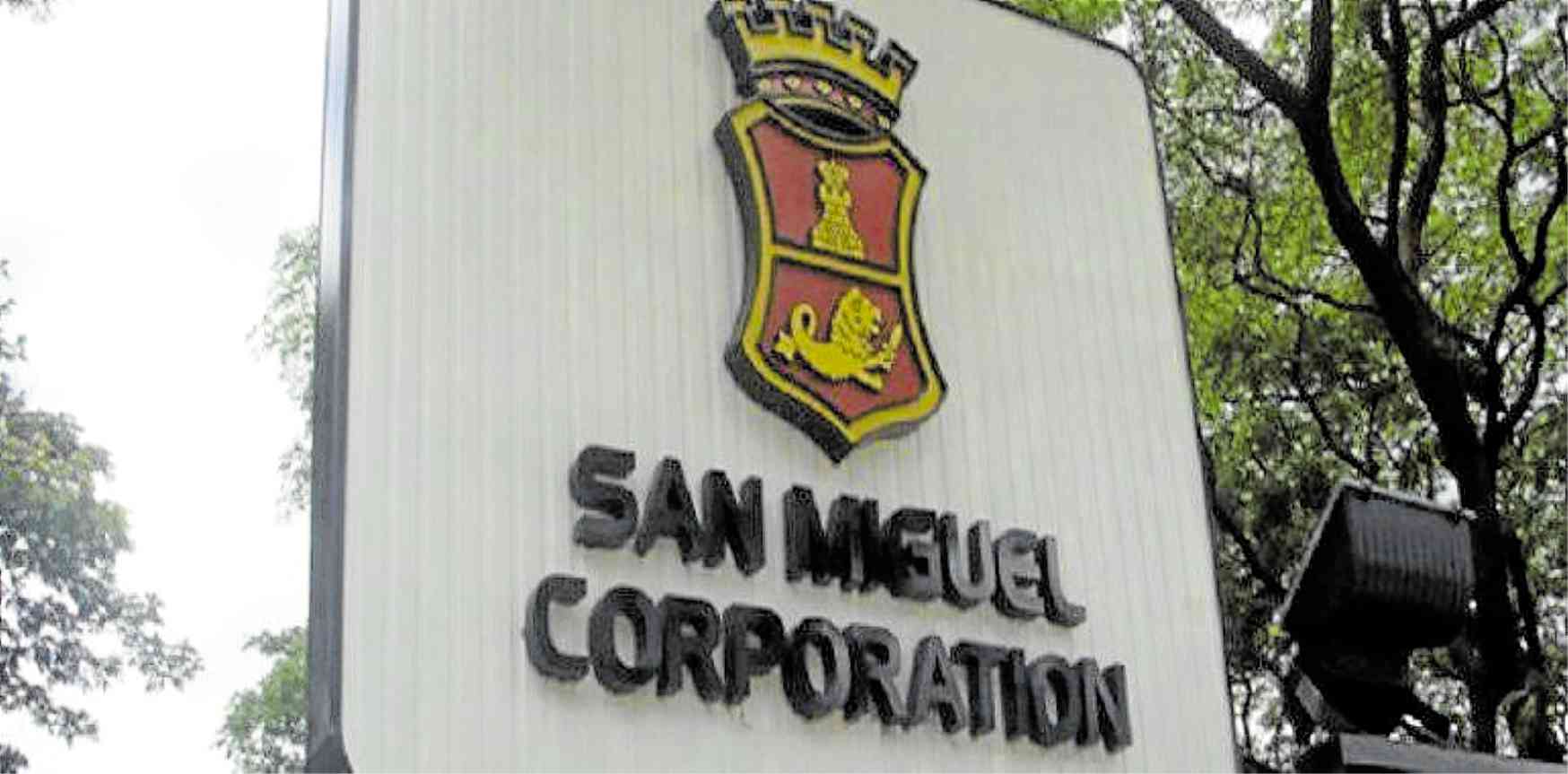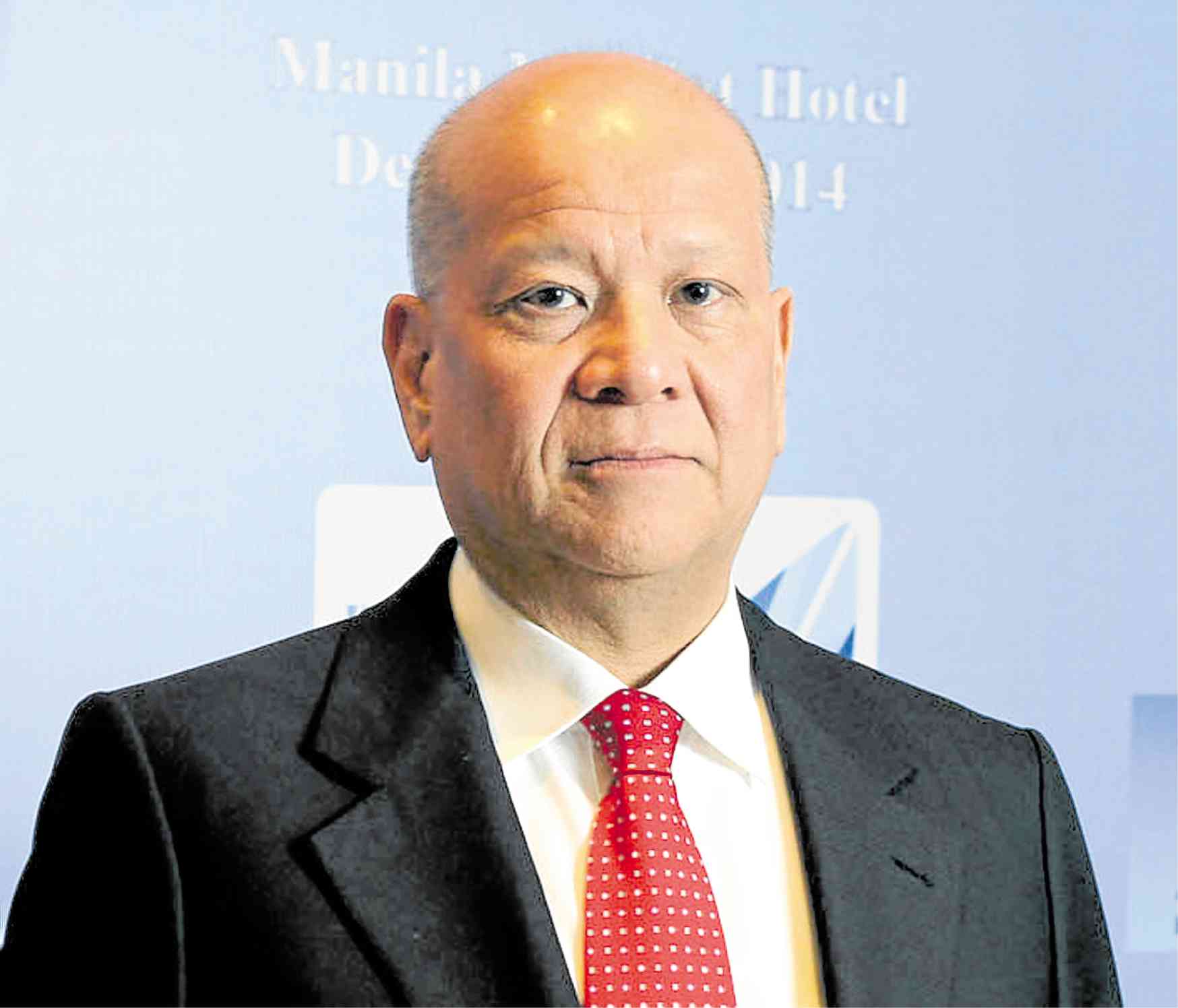Reinventing Corporate Philippines
As the Philippines transitioned from a dictatorship into a democracy after the 1986 People Power Revolution, the country saw its own share of boom-bust cycles. It carried the stigma of being the “sick man of Asia” for a long time before finding its sweet spot as one of the fastest-growing economies in the region with an investment-grade sovereign.
For those doing business here, it took skilled captains to navigate challenges arising from the macroeconomic, industry and political backdrop. Some of the businesses today are no longer the same ones we’ve seen decades ago. Some have become much bigger and more diversified while some have refocused into new businesses. There were also those that perished due to a confluence of factors.
But those that transcended past challenges and reinvented themselves are now well-positioned to ride the country’s favorable economic trajectory.
The group of businessman Manuel V. Pangilinan is among those that had undergone a lot of challenges in this market.
Metro Pacific
Backed by the Salims’ financial muscle, Pangilinan founded a small investment firm in 1981 that later became the regional conglomerate First Pacific, which started investing in the Philippines after the 1986 Revolution. The bulk of First Pacific’s assets are now invested in the Philippines. Two of the group’s biggest investments in the country to date are the Philippine Long Distance Telephone Co. (PLDT) and Metro Pacific Investments Corp. (MPIC).
When Pangilinan’s group took over PLDT, it was caught off guard by the debt burden of Piltel. In 2002, Pangilinan clashed with his Indonesian principals who wanted to pull out the group’s telecom and property investments in the Philippines. The Salims made a deal to sell out of PLDT and the Fort Bonifacio project to the late taipan John Gokongwei Jr.
The PLDT board then vehemently resisted this, refusing to let the Gokongwei group conduct a due diligence audit and thus preventing the completion of the deal during a three-month exclusivity period. Years later, Gokongwei would become PLDT’s ally as the former sold his telecom assets Digital to First Pacific and became a strategic investor in PLDT.
MPIC’s predecessor firm, Metro Pacific Corp., (MPC), meanwhile, was previously into businesses like shipping and real estate. MPC had to give up many of its assets, particularly the crown jewel: the 150-hectare Fort Bonifacio project that the group won during an auction held during the Ramos regime. The Ayala and Campos groups eventually took over the estate, now called Bonifacio Global City.
Jose Ma. Lim, MPIC president, recalled that in 2006, the group had to reorganize and create a new company, MPIC, and had this listed in the local stock exchange.
“We decided we could not do real estate anymore. We wanted to assure our investors that we got burned in real estate so we would do something else and that was water. We focused on water first,” Lim said.
MPIC took over water concessionaire Maynilad Water Services Inc. from the Lopez family. They also eventually took over the North Luzon tollway concession. The group would later end up controlling Manila Electric Co. (Meralco) after a tug-of-war with San Miguel Corp.
The group also invested in hospitals, including premium properties such as Makati Medical Center, Cardinal Santos and Asian Hospital. It also teamed up with the Ty family in the power generation business under Global Business Power Corp., as well as with the Ayala group on the railway business via Light Rail Manila Corp., holders of the LRT-1 concession.
Risky infra business
Asked what made the group decide to refocus into the infrastructure business, Lim said: “We’re just so far behind in infra developments, so there’s no question about the [country’s] need for infra. If we didn’t need it, it would have been a risky business because it requires huge investments.”
Lim recalled that when the group took over the Maynilad concession, for instance, only 60 percent of the population in the metropolis was covered by water service.
These days, MPIC is scaling up its infrastructure business. The group is now halfway through the development of the P30-billion Cebu-Cordova Link Expressway (CCLEx)—a toll bridge that will connect mainland Cebu from Cebu City to Cordova town in Mactan Island. At 8.25 kilometers, CCLEx will be the longest bridge connecting two islands in the Philippines once it is completed by 2021. This will also be Cebu’s third interisland bridge.
Subject to approval by local governments, MPIC is keen on extending CCLEx all the way to the Mactan Cebu International Airport. It also intends to participate in the building of the fourth interisland bridge in Cebu.
Brown taipan
Self-made billionaire Manuel Villar Jr. has hurdled a lot of challenges, not just in business but mostly in his political life. A former speaker of the House and president of the Senate, he was accused by detractors of using his influence to benefit his businesses but remained popular enough to be a viable presidential bet in 2010.
But the death of former President Corazon Aquino in 2009 thrust her son, Benigno Aquino III, into the limelight and foiled Villar’s bid for the presidency.
After that failed bid, Villar retired from politics and focused on growing his business empire. He now looks back to the 2010 presidential race with humor. “Ayaw nila ng gwapong presidente (Voters didn’t like a handsome president),” he once told reporters.
Based on Forbes Magazine’s 2019 list of the wealthiest people on the planet, Villar was the richest individual in the Philippines, with an estimated net worth of $5.5 billion.
Much of Villar’s estimated wealth is derived from property development arm Vista Land & Lifescapes Inc. and Golden Bria Holdings Inc., a former memorial park developer that has also ventured into mass housing, thus catering to the business of the living and not just the dead. Villar likewise has a growing retail group and recently made AllHome Corp. a publicly listed asset.
Villars’ AllHome
“AllHome is our attempt to diversify and to address emerging needs among Filipino homeowners, but with a global standard retail concept. AllHome has been growing steadily in the past six years since it was formed in 2013 with 27 stores to date, or a total net selling space of over 215,000 square meters across 22 cities and municipalities,” Villar said during the listing ceremony.
The son of a government employee and a fish vendor, Villar is the second of nine children. Before going to school, he would help his mother, Curita, sell fish and shrimps in Divisoria from when he was 7 years old. In college, he took up business administration at the University of the Philippines (where he also finished his master of business administration) and worked as an auditor at SGV, earning enough capital to set up his own seafood delivery business in Makati City.
After one big client defaulted, Villar renegotiated for the restructuring of the debt so he could sell discounted meal tickets to office workers in exchange for receivables. He later worked as a financial analyst for Private Development Corp. of the Philippines but eventually quit to set up his own business.
With a capital of P10,000, he purchased two reconditioned trucks and started a gravel-and-sand delivery business in 1975, servicing construction companies in Las Piñas City. He married Cynthia Villar, now a senator, the same year.
From his gravel-and-sand business, he learned about home-building and set up affordable housing developer Camella Homes in 1977. He diversified into middle-income housing through Crown Asia and luxury development with Brittany in 1992. Vista Land was listed on the stock exchange in 2007.
Villar ventured into memorial park development in 1982, setting up Golden Haven Memorial Park, later renamed Golden Bria.
These days, rumors are rife that Villar, or his wife, the senator, may be considering a presidential run in 2022.
National ‘problem solver’
Many people refer to it as the most acquisitive company since the turn of the millennium. In less than a decade, San Miguel Corp. (SMC) has transformed from an iconic food and beverage firm into a diversified conglomerate. The group is now the one of the country’s largest independent power companies by installed capacity and has the largest oil refining and distribution system through Petron Corp. It also has a fast-growing infrastructure portfolio that includes major toll roads.
More importantly, the SMC story of succession is not based on bloodline, a rarity in corporate Philippines.
In 2012, tycoon Eduardo “Danding” Cojuangco sold his controlling block in SMC to Ramon S. Ang, popularly known as “RSA.” This has capulted Ang—who is likewise the archictect of SMC’s aggressive diversification program—from being a mere manager into the controlling stockholder.
But before SMC reached this stage, it had to ward off some hostile takeover attempts plus a few attempts to oust the Cojuangco leadership by using the seats that the government had previously held through the Presidential Commission on Good Government (PCGG). Cojuangco, after all, was tagged as an associate of ousted dictator Ferdinand Marcos.
Ang saw the need not just to defend leadership in its mature beer and food businesses but to scout for other exciting businesses as well, at times clashing with other titans who wanted the same thing (like the tug-of-war with Manuel V. Pangilinan on Meralco).
P1-trillion revenue
In 2018, SMC achieved its big, hairy, audacious goal of hitting P1 trillion in revenues.
The growth strategy was two-pronged: fortify traditional businesses and seek new opportunities. From 2000 to 2002, SMC acquired Wilkins Distilled Water (Metro Bottled Water Corp.), Sugarland Beverage Corp. (makers of Eight O’ Clock juices) and Cosmos Bottling Corp., and strengthened its processed meat business by taking over food manufacturer Purefoods Corp. It likewise reacquired a controlling interest in Coca Cola Bottlers Philippines Inc.
Being a leading player in Asia-Pacific was part of SMC’s aspiration as well. It ventured into Australia with the acquisition of premium beer maker J. Boag & Son and also purchased TTC (Vietnam) Co. Ltd., a hogs and feed mill business in Vietnam. In 2002, the same year that RSA was elected president upon the retirement of Francisco Eizmendi, SMC took in Japanese beer giant Kirin Brewery Co. Ltd. as a strategic partner. Kirin invested $540 million to acquire an initial 15 percent in SMC, giving the conglomerate financial muscle for even bigger acquisitions in the years to come.
But SMC also had to give up some of its assets over the years. One of the first to go was Coca Cola Bottlers, which was sold back to Coca Cola Atlanta. SMC also unloaded its minority stake in NutriAsia San Miguel Holdings., in line with the “friendly disengagement” provision with its partner, the Campos family. SMC also struck a deal to sell Australian arm National Foods Ltd. to Kirin while premium brewer J. Boag was sold in early 2008 to Australian beverage firm Lion Nathan.
Nontrad diversification
In 2007, SMC hired American investment bank Goldman Sachs, which said that the best business model for SMC would be one that would ride on the country’s potential turnaround. RSA was thus emboldened to lead SMC’s diversification outside of nontraditional businesses.
The bigger hurdle for SMC was to convince the government and the general public to support this major transformation into global businesses. Some viewed this as overly ambitious. Some were concerned about SMC getting into too much debt.
There were also times when things did not go as planned. SMC lost the battle for control of Meralco to Pangilinan’s group. During SMC’s stewardship of Philippine Airlines, the flag carrier achieved a turnaround both from a financial and image standpoint but the Lucio Tan group decided to regain control of the airline after two years. Meanwhile, SMC also had to drop its bid to break the telecom duopoly in the country.
SMC had more been more fortunate in acquiring infrastructure projects: the Tarlac-Pangasinan-La Union Expressway (TPLEx), Skyway, South Luzon Expressway, Southern Tagalog Arterial Road and Ninoy Aquino International Airport Expressway. Its ongoing Skyway stage 2 project will soon speed up travel between the North Luzon and South Luzon Expressways.
In mass transportation, the conglomerate later acquired from the Zamora group a majority interest in the consortium behind the Metro Railway Transport Line 7 (MRT) 7, a 22-kilometer elevated railway transport system that will connect the MRT 3 North Edsa terminal to San Jose del Monte, Bulacan. It is also building a brand-new airport in Bulacan, creating a new international gateway for the metropolis.
Petroleum business
In the oil industry, SMC made its largest investment outside the Philippines in 2011 with its $610-million acquisition of the downstream petroleum businesses of American multinational oil and gas company Exxon Mobil Corp.
Ang also strengthened the group’s corporate structure side by side with the execution of its transformation program by giving common shareholders the option to exchange their common shares for preferred shares with assured dividend yield in 2009. The government was among those that agreed to convert common shares in SMC to preferred shares whose cumulative dividends can in turn be held in trust for coconut farmers, previously declared by the Supreme Court as the beneficiaries of assets bought using the coco levy imposed during the Marcos regime. This removed the political overhang seen since the 1986 Edsa Revolution, when SMC was vulnerable to PCGG dissent.
“In order to improve the lives of more Filipinos, we have to sustain our momentum and bring our country to the next level of growth. No other company in the Philippines today has embraced nation-building as San Miguel [did],” Ang said.
“More than that, San Miguel, is today known for being a bold, innovative and audacious company, for proposing out-of-the-box solutions to many of the challenges that have held our country back. For us, these proposals are not so much out-of-the-box as they are practical and necessary. Simply said, it’s all about problem-solving.”






